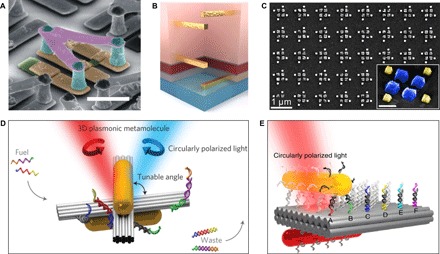Fig. 5. Switchable chiral plasmonic structures.

(A) Top-down fabricated 3D molecule consisting of two individual chiral units, which together define the optical response of the entire system. The incorporation of silicon pads (green) allows researchers to optically address the chiral units and to manipulate their relative contribution to the overall response. (B) Two chiral units, one active chiral dimer (bottom) and one bias dimer (top), generate the overall chiral optical response, whereas one of them can be actively detuned with the help of the GST-326 layer, leading to a pronounced sign change in the optical response. (C) Switchable hybrid chiral plasmonic system, consisting of gold and magnesium nanoparticles in a ratchet wheel-like arrangement. Switching the magnesium plasmon off, via hydration, switches the chiral plasmonic response off. (D) Interlocked DNA bundles are dressed with two gold nanorods. The locks can be unlocked with the help of specifically designed DNA strands, followed by the formation of new DNA bonds that lock the two bundles with the opposite twisting angle, thus inverting the handedness and the chiral optical response. (E) Schematic illustration of DNA nanowalker. The lower red rod is static, whereas the upper yellow one can walk over the origami sheet and successively switch the chirality of the system. Figures were reproduced with permission from Zhang et al. (71) (A), Yin et al. (72) (B), Duan et al. (73) (C), Kuzyk et al. (75) (D), and Zhou et al. (77) (E).
